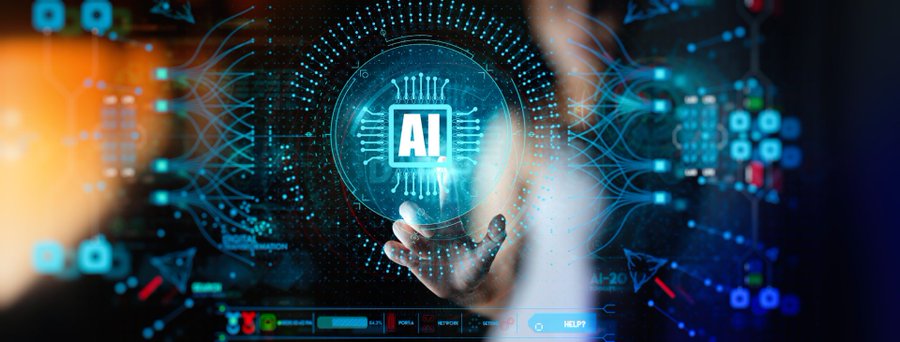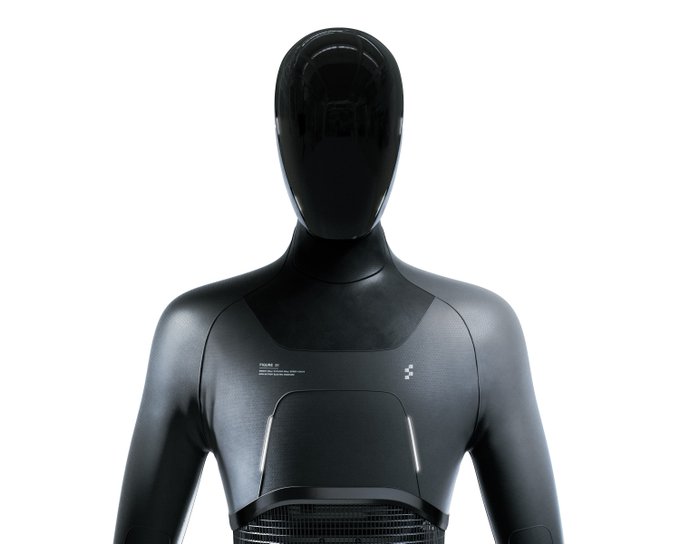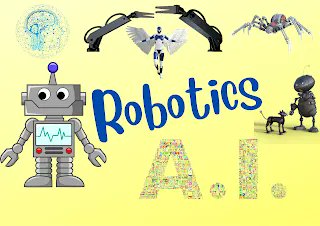Robotics has made massive advances in recent years. Fields such as Robotics Process Automation (RPA) are being deployed in more and more businesses.
RPA software is needed to combine organizational processes with the actions of the robots and AI inputs. RPA software automates repetitive, labor-intensive, and time-consuming tasks, minimizing or eliminating human involvement to drive faster and more efficient processes across the factory floor. Instead of having dozens of workers in a manufacturing plant, an RPA specialist can program and run robots to perform those duties. Typically, another person is involved to service, maintain, and repair the hardware.
But AI is taking RPA to greater and greater levels of functionality. Here are some of the top trends in AI Robotics:
RPA and AI
The latest trend is for RPA to be integrated with AI. This is an essential element of RPA being able to deal with high-volume, repeatable tasks. By moving these over from humans to robots, these tasks are taken care of in a way that lowers labor costs, workflows are made more efficient, and processes such as those on assembly lines are accelerated.
This is also simplifying the overall field of robotics. Instead of different teams using different software, industrial settings can now combine RPA software and factory automation systems. Historically, the robotics team utilized specific programming languages to deal with the areas such as the kinematics of multi-axis robots. Factory automation technicians used different languages and tools such as Programmable Logic Controllers (PLCs) and shop floor systems. AI is helping to integrate these two worlds and add a greater degree of mobility and autonomy to robots.
“For stationary robots to work seamlessly with mobile robots, it is essential that they can exchange information accurately and without failure,” said Samir Patel, Senior Director, Robotics Engineering at Kawasaki Robotics USA.
Mots-clés : cybersécurité, sécurité informatique, protection des données, menaces cybernétiques, veille cyber, analyse de vulnérabilités, sécurité des réseaux, cyberattaques, conformité RGPD, NIS2, DORA, PCIDSS, DEVSECOPS, eSANTE, intelligence artificielle, IA en cybersécurité, apprentissage automatique, deep learning, algorithmes de sécurité, détection des anomalies, systèmes intelligents, automatisation de la sécurité, IA pour la prévention des cyberattaques.






